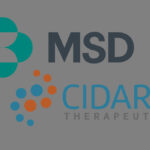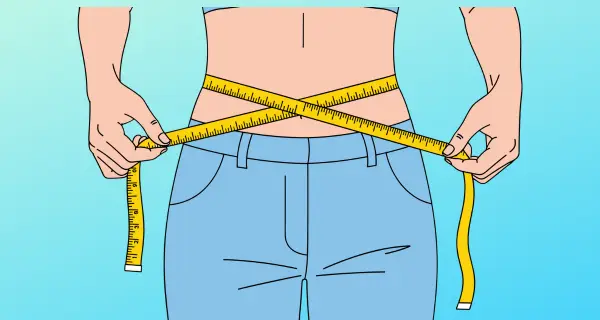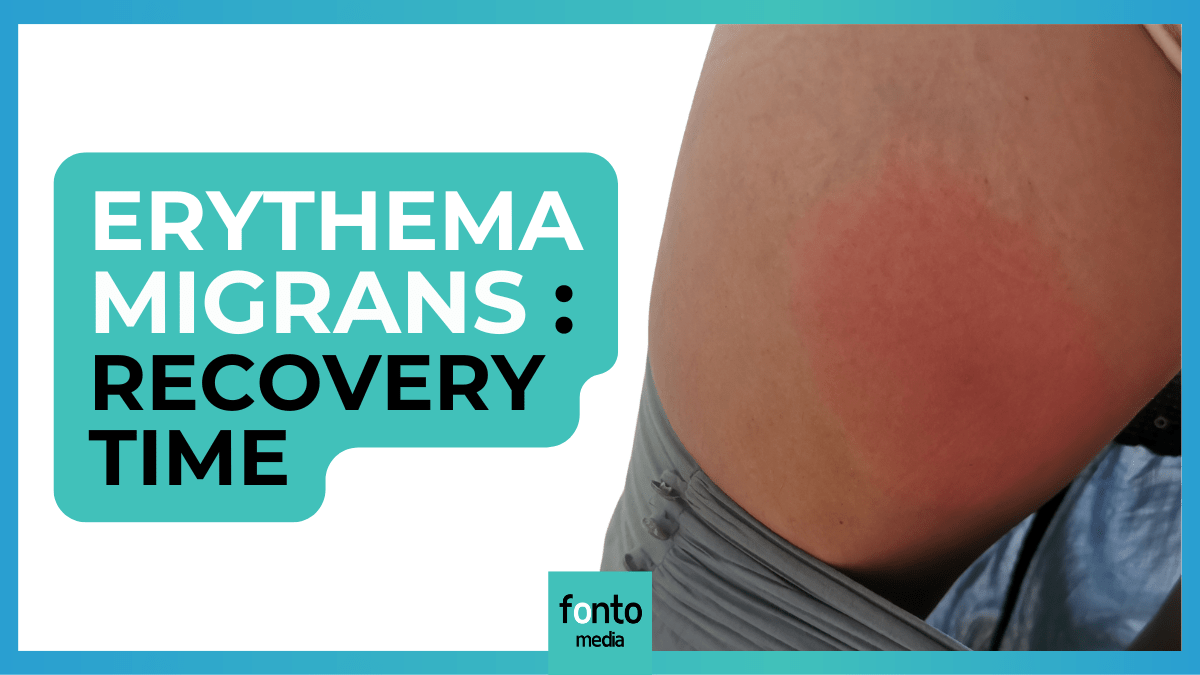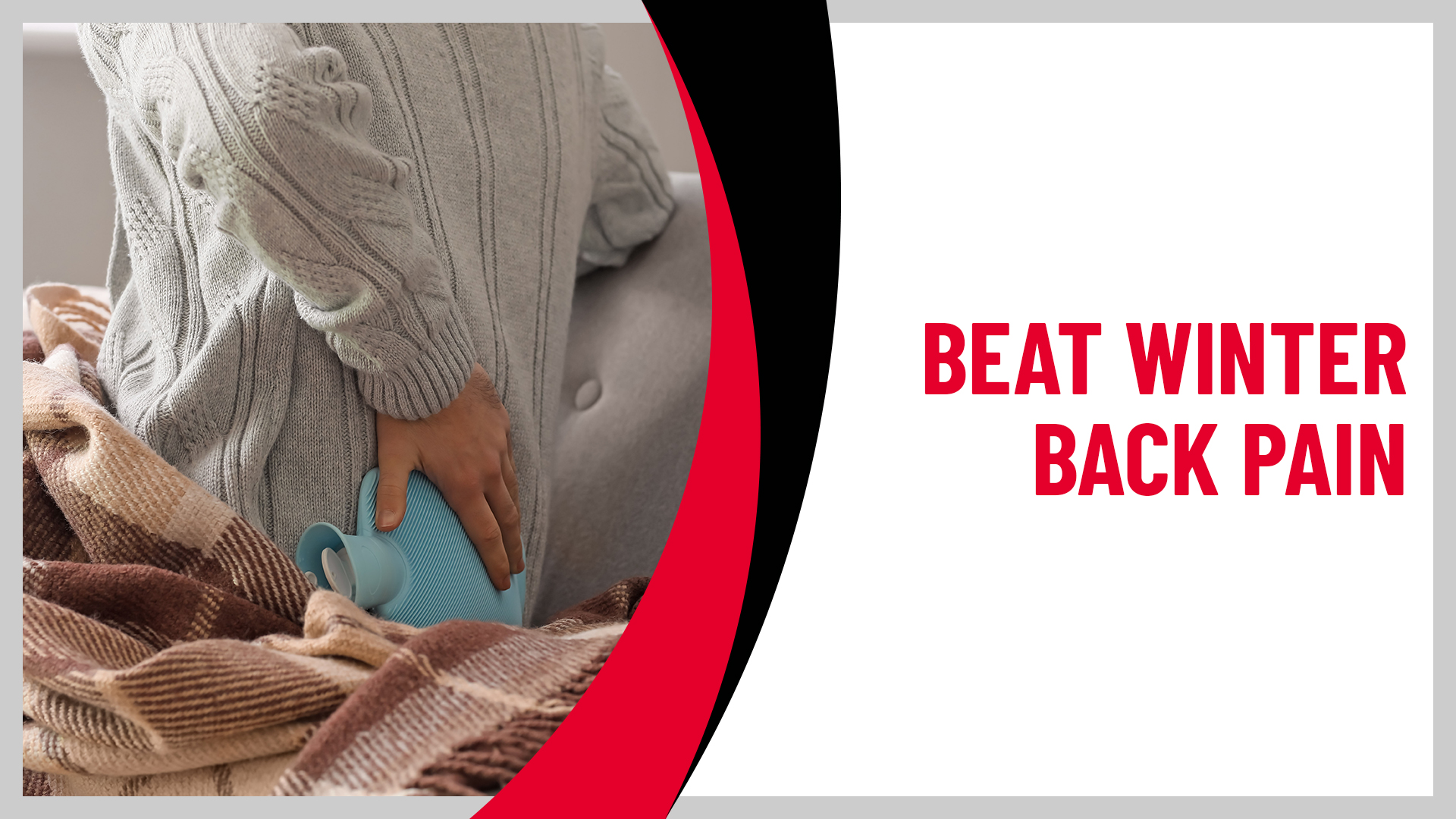Face exercices, face yoga, facial gymnastics… These are just some of the names given to a trend that I can see developing more and more: that of doing exercises aimed at toning the muscles of the face in order to smooth out fine lines and wrinkles, refine the face, erase a double chin or better define one’s features by benefiting from a “natural lift”…
A patient beautician even told me that she’d learned this during her training, and that she’d specialized in it: she’d become a facialist.
So I thought I’d dig a little deeper into the subject… Enjoy your reading!
♻️ Last update: April 6, 2025.
👩⚖️ Declaration of financial interests: none directly related to the subject. My complete declaration of financial interests is in the legal notice section.
Written by Nelly Darbois, physiotherapist and scientific editor
Why do facial exercises?
Here are the most common motivations I’ve found among people who turn to this practice – usually women.
💆♀️ Tone facial muscles: as with the rest of the body, facial muscles can be strengthened to improve tone and prevent sagging.
✨ So ften fine lines and wrinkles: to smooth certain areas, including the forehead, cheeks and lip contour.
🌟 Improve blood circulation and skin radiance: by stimulating blood flow, we aim to activate cell renewal and give a more radiant complexion.
😌 Release tension: by relaxing facial muscles, especially those of the forehead and jaw, we try to avoid tensions that mark the skin over the long term.
👄 Better define certain features: to help firm the oval of the face, lift eyelids or give more volume to lips naturally.
Facial exercises are also often performed in cases of facial paralysis following stroke or Bell’s palsy.

Does it really work?
Before-and-after photos aren’t enough to objectivize improvements: you can see a favorable effect just after a massage, but if there’s nothing there 2 hours later, it’s not much use…
Can facial exercises really work? Here are a few theoretical arguments for and against their effectiveness.
Why would it work?
In theory, improved muscle tone could limit skin slackening and redefine certain features. In the short term, contracting certain muscles can give an immediate feeling of firmness (a bit like girdling your stomach).
What’s more, muscle activation stimulates microcirculation and cell oxygenation, which can enhance skin radiance and promote cell renewal.
Finally, repeated exercises can modify muscular habits (e.g. reducing tension on the forehead to avoid frowning).
Why shouldn’t it work?
Unlike the body, where firmer muscles can “fill out” the skin, the face is more complex. The skin of the face is attached to the muscles by a thin layer of connective tissue, and aging is mainly due to loss of collagen and elasticity, not just muscle relaxation.
What’s more, like all training, frequent, well-targeted exercise is needed to see significant effects, and these would remain gradual and subtle.
An immediate effect may be visible after exercise (better circulation, temporary lifting effect), but in the long term, the real impact on ageing is unlikely.
What’s more, overexerting certain muscles could also aggravate certain dynamic wrinkles (e.g., puckering the lips or eyes too often).
Scientific studies
Did you know that studies have been carried out to evaluate the effect of regular facial exercise?
This makes things clearer, since from a theoretical point of view, there is uncertainty about the effectiveness of the exercises.
Here’s what the most enlightening studies have to say.
A Korean research team 🇰🇷 (Won Lim 2021) has synthesized the results of 11 studies:
- 4 focused on the effect of exercises to rejuvenate the face;
- 7 on the effect of muscle-strengthening exercises.
In one study, a group of 9 women performed daily facial exercises for 7 weeks.
Photographs were then used to compare the evolution of their faces with the evolution of the faces of women who had not exercised.
The researchers compared the evolution of 5 areas of the face and concluded that only one area seemed to have been modified : the area above the lips.
Another group of women did 3 exercises 3 times a day for 2 months. As a result, the researchers observed greater skin elasticity: the skin returned more quickly to its initial position when stretched.
Another study (Verma 2024), this time conducted in the USA 🇺🇲, looked at the effect of exercises using a facial sculpting accessory, to be used mainly on the jaw. Here’s what the research team concluded:
In this study, a review of the scientific literature revealed little evidence of the ability of these devices to reduce double chins, improve jaw contours or tighten facial skin.
The chewing muscles targeted by these exercises do not directly affect submental fat or skin elasticity. (…)
The results of these studies highlight concerns about potentially misleading commercial claims (…)

Finally, another research team followed women aged 40 to 60 who did 32 facial exercises for 20 weeks (5 months!):
- 30 minutes a day for 2 months;
- then 30 minutes three to four times a week.
Here’s what the research team concludes:
A facial exercise program of 30 minutes a day or every other day for 20 weeks can modestly improve the facial appearance of some middle-aged women.
Blind evaluation of validated photographic scales showed a significant improvement in upper and lower cheek fullness.
The evaluators’ estimates of participants’ average age showed a significant monotonic decrease from 50.8 years at baseline to 49.6 years after 8 weeks and 48.1 years after 20 weeks (= they were given an average of 2 years less).
Participants were very satisfied, noting a significant improvement in 18 out of 20 facial features.
What can we learn from it?
- If any effects are observed, they are minimal, and require you to perform daily exercises lasting several minutes (or even several times a day) without stopping.
- People who promote these exercises (with or without commercial interest) often tend to overestimate their impact.
How often should you do these exercises?
As we’ve seen in the studies, to expect even the slightest visible results, you need to exercise for 30 minutes at least 3 or 4 times a week, without ever stopping.
Couple that with the uncertainty of the effect, and it’s clear that you need to be highly motivated to get involved!
Examples of easy-to-implement exercises
You’ll find tons of videos on TikTok, Youtube or Instagram showing examples of exercises.
As explained earlier in the article, the promises they make are not necessarily coherent.
However, if you’d still like some exercise ideas, here’s a selection.
Massages that target the area around the mouth
Exercises and massages targeting the forehead
Massages targeting the eye contour area
Exercise targeting the cheeks
***
That’s all I wanted to say on the subject! Any questions or comments? See you in comments!
You may also be interested in these articles
📚 SOURCES
Won Lim. Effects of Facial Exercise for Facial Muscle Strengthening and Rejuvenation: Systematic Review. J Kor Phys Ther 2021;33(6):297-303
Verma KK, Koch R, Gidwani K, Walterscheid B, Friedmann DP, Parekh P, Tarbox M. Facial Contouring Through Jaw Exercises: A Report of Two Cases Examining Efficacy and Consumer Expectations. Cureus. 2024 Nov 27;16(11):e74635. doi: 10.7759/cureus.74635. PMID: 39735145; PMCID: PMC11681191.
Alam M, Walter AJ, Geisler A, Roongpisuthipong W, Sikorski G, Tung R, Poon E. Association of Facial Exercise With the Appearance of Aging. JAMA Dermatol. 2018 Mar 1;154(3):365-367. doi: 10.1001/jamadermatol.2017.5142. PMID: 29299598; PMCID: PMC5885810.

Written by Nelly Darbois
I enjoy writing articles that answer your questions, drawing on my experience as a physiotherapist and scientific writer, as well as extensive research in international scientific literature.
I live in the French Alps☀️🏔️, where I enjoy the simple pleasures of life (+ I’m a Wikipedia consultant and the founder of Wikiconsult).










